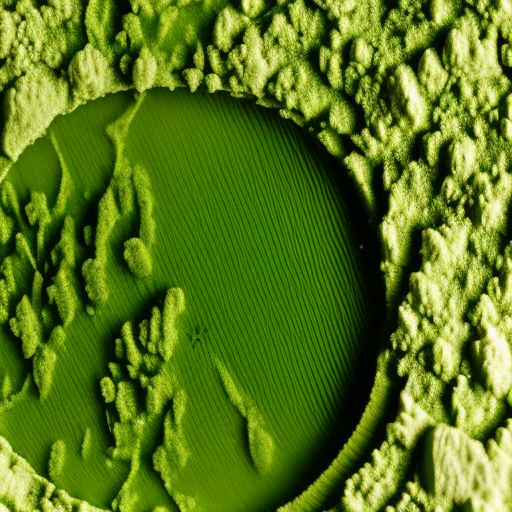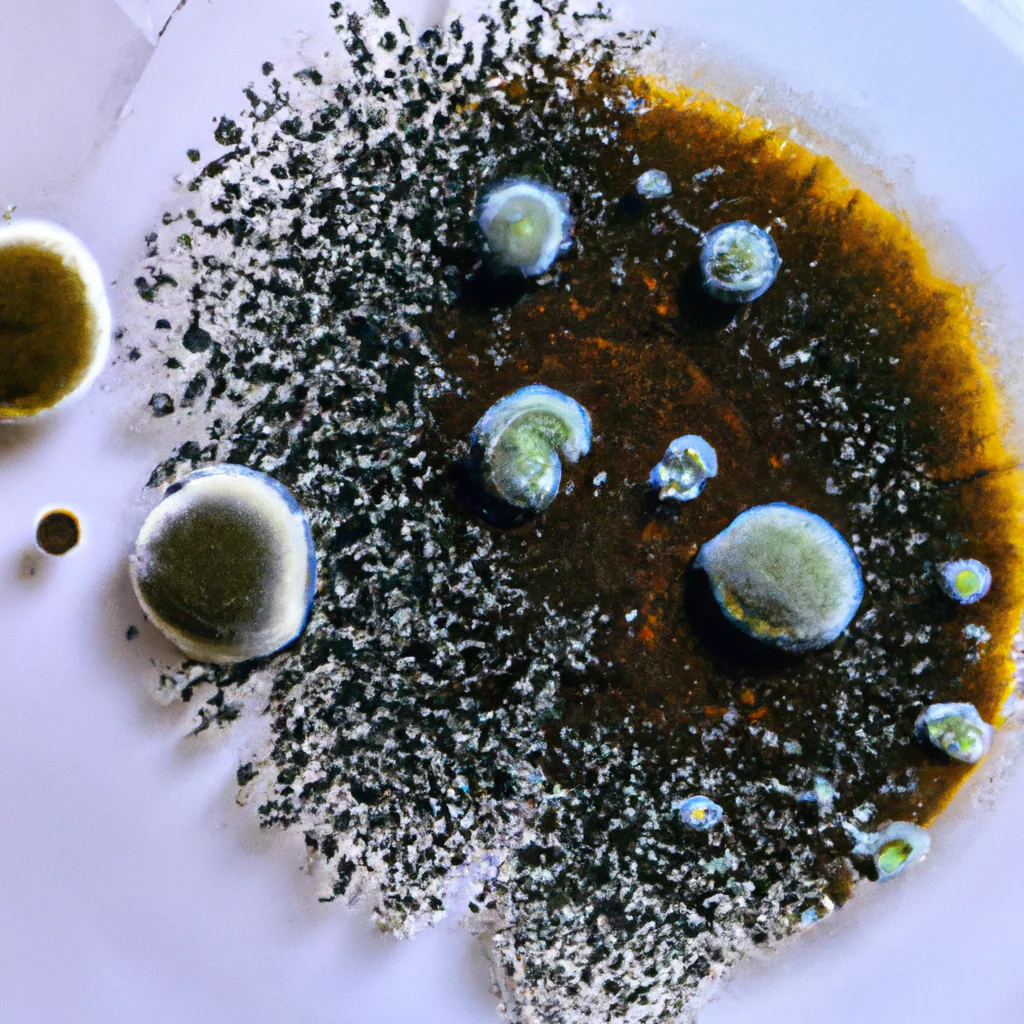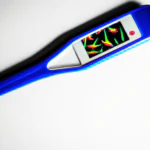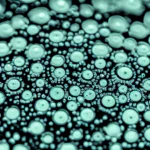Mold is a type of fungi that can grow on many different surfaces. It’s often found in damp, humid places, and can cause a lot of problems for people who are allergic to it. But what temperature kills mold? Can you kill mold with heat or cold?
Table of Contents
What temperature kills mold?
While heat does kill mold, this is not an effective way to deal with a problem at home. You need temperatures between 140°F and 160°F to kill mold, which might also start a fire. Despite this, many people mistakenly think that turning up the heat will take care of their issue.
Mold is a type of fungi that can grow on just about any surface, given the right conditions. It thrives in moist, warm environments, and can quickly spread if left unchecked. While mold is not necessarily harmful to humans, it can cause respiratory problems and trigger allergies. It can also damage your possessions and devalue your property.
So how do you get rid of mold? The first step is to identify the source of the problem and address it. If there is a leaky pipe or another moisture issue, it needs to be fixed. Once the source of the moisture is dealt with, you can begin the process of cleaning and disinfecting the affected area.
There are a number of products on the market specifically designed to kill mold. You can also use a solution of bleach and water (1 part bleach to 10 parts water). Be sure to ventilate the area when using bleach, as it can be harmful to your lungs.
If the area is large or difficult to reach, you may want to consider hiring a professional mold remediation company. They will have the experience and equipment necessary to safely and effectively remove mold from your home.
Can mold survive in the cold?
Most mold spores can survive temperatures as low as freezing. However, there are a few exceptions. Some molds, such as black mold, can actually thrive in cold temperatures. If you’re trying to kill mold with cold temperatures, you need to make sure the temperature is low enough to kill all the spores.
The best way to ensure that all the mold spores are killed is to use a combination of both cold and hot temperatures. For example, you could freeze the moldy area for a few hours, then scrub it with hot water. This would kill most of the mold spores.
However, it’s important to note that simply freezing the mold will not kill it. The spores can still survive and eventually thaw out and start growing again. So, it’s important to take care of the mold problem as soon as possible. Otherwise, you’ll just be putting it off until it comes back.
Using heat to kill mold
While heat does kill mold, this is not an effective way to deal with a problem at home. You need temperatures between 140°F and 160°F to kill mold, which might also start a fire. Despite this, many people mistakenly think that turning up the heat will take care of their issue.
So how do you deal with mold? The first step is to figure out where the mold is coming from. If it’s due to a plumbing leak, you’ll need to fix that first. Then, clean the area with a bleach solution (1 cup of bleach per 1 gallon of water). You can also use specialized mold cleaners, but bleach is usually the most effective. Once you’ve cleaned the area, make sure it stays dry.
If the mold is on surfaces that can’t be cleaned (like wallpaper), you’ll need to replace those items. In severe cases, you might need to gut the entire affected area and start from scratch. This is usually only necessary in extreme cases of black mold, which can be dangerous to your health.
Some people also try to kill mold with heat, but this is not an effective method. Mold can survive temperatures up to 140°F, so turning up the heat will only put your home at risk for a fire. If you suspect you have a mold problem, it’s best to call in a professional.

What temperature can mold survive?
Most molds cannot grow below 40° F. This is why food is typically refrigerated at 39° F. Mold grows best between 77° F and 86° F, especially if the air is humid.
Water: Molds thrive in damp, humid, and wet conditions. If you think you see mold, it’s important to act quickly. If a small patch of mold is found, it can usually be removed with common household cleaning products. However, if the mold covers a large area or if you begin to experience health problems, it’s important to call a mold remediation specialist.
- Be sure to keep the area well-ventilated while cleaning.
- Wear gloves and a mask to avoid contact with the mold.
- Soak the area with a mixture of 1 part bleach to 10 parts water.
- Scrub the area with a stiff brush.
- Rinse the area with clean water and dry completely.
What kills black mold spores?
Mold spores are everywhere. They’re in the air, in the water, and on surfaces. In fact, there are more mold spores in the air on a hot, humid day than there are on a cold, dry day. When the conditions are right, they can start to grow.
Mold needs four things to grow:
- Moisture
- Food
- Warmth
- Darkness
If you have mold in your home, it’s because one or more of these conditions is present. The first step in getting rid of mold is to remove the source of moisture.
There are a number of ways to do this:
- Fix leaks and other sources of water
- Use a dehumidifier
- Increase ventilation
- Use an air conditioner or air purifier
Once you’ve removed the source of moisture, you need to clean up the mold.
For a natural solution for getting rid of black mold, combine one part baking soda with five parts distilled white vinegar and five parts water in a spray bottle. Alternatively, you can use a chemical-based mold and mildew remover, all-purpose cleaners, bleach, or dish soap.
Will a dryer kill mold?
Mold is a type of fungi that can grow and spread quickly, often in damp or wet environments. While most mold is harmless, some types can cause serious health problems, particularly for people with allergies or asthma.
Drying clothes in the sun or in a dryer at high heat for 20 minutes can help kill spores that are on clothes.
However, it’s important to note that mold can also grow on clothes that are not being worn, such as in a closet or drawer. In these cases, the heat from the sun or dryer may not be enough to kill the mold.
If you suspect that your clothes have mold on them, it’s best to wash them in hot water with laundry detergent. You can also add bleach to the washing machine cycle to help kill any mold spores that may be present.
In summary, while drying clothes in the sun or in a dryer at high heat can help kill mold spores, it’s not always effective. The best way to deal with moldy clothes is to wash them in hot water with laundry detergent and/or bleach.




